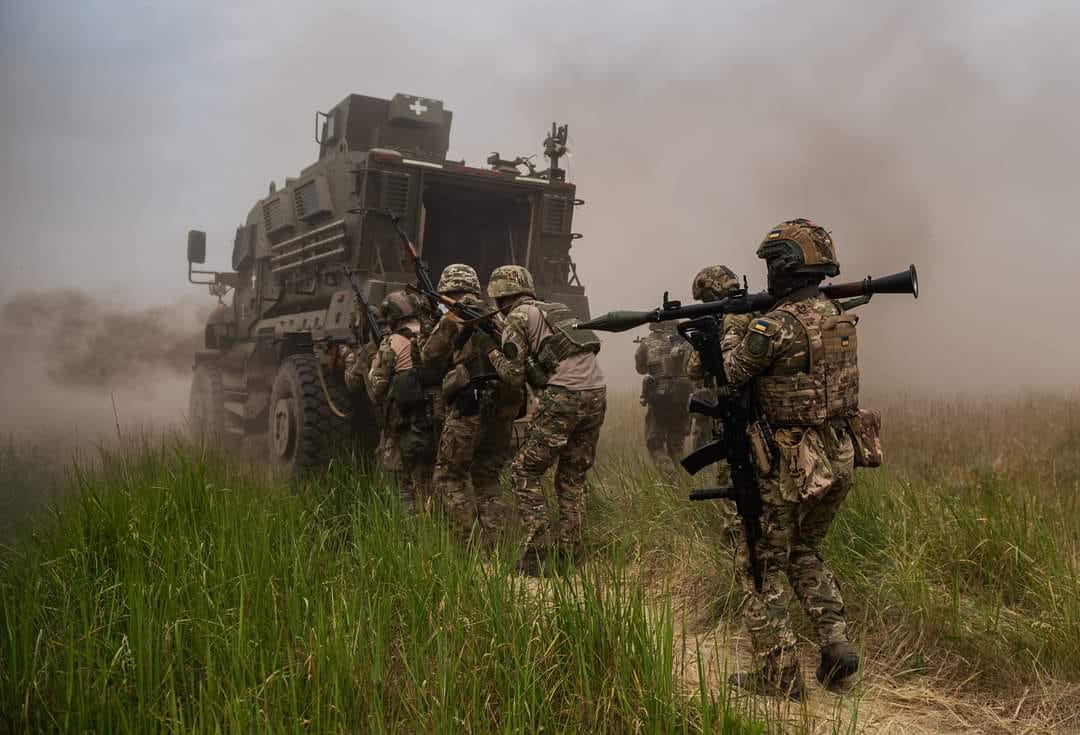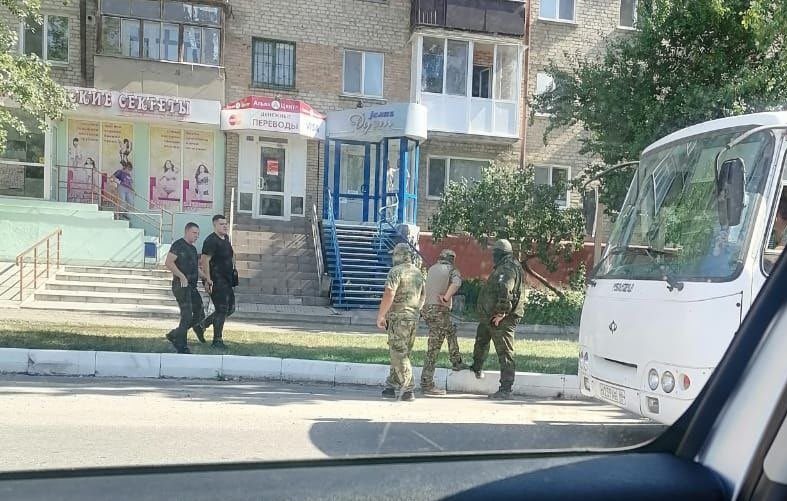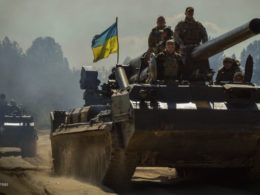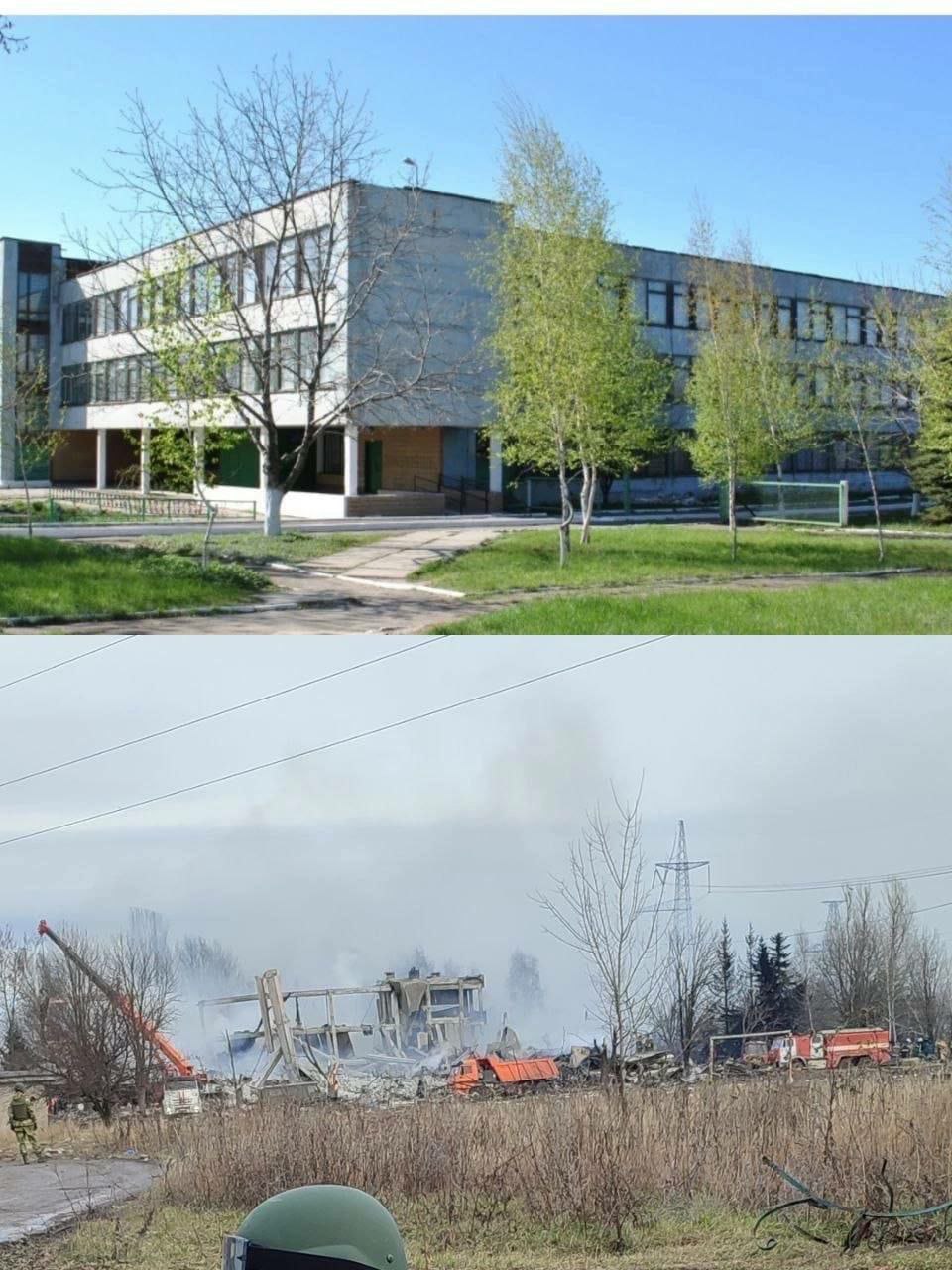Article by: Hlib Parfonov
Source: Jamestown Foundation
Following Ukraine’s successful Kherson counteroffensive in the fall of 2022, the war in Ukraine has moved into the Materialschlacht, or war of attrition phase, which is rapidly depleting critical resources. Typically, when discussing resources in this sense, Ukraine is most often referring to the tanks, missiles, ammunition, and other materiel that it needs from its partner countries.
However, human or personnel resources are often overlooked. According to classified and partially open-source data, as of 1 January 2022, the population of Ukraine was 31 million, while the State Statistics Service of Ukraine reports 34 million, though there are problems with the methodology used to arrive at this number. The population dropping from 48 million to 31 million in 20 years is normal, especially as Ukraine has experienced multiple crises and outmigration waves during that period. According to Eurostat, approximately 4.9 million Ukrainians received residence permits in the European Union alone between 2014 and 2022 and approximately 3 million did so in Russia
. Subtracting from this figure the number of Ukrainians in the occupied territories (approximately 2 million), as well as those who left the country, the current estimate for Ukraine’s population comes to around 20 million.
A number of reasons undergird this estimate. To begin with, a large number of Ukrainian refugees do not need international protection. For example, 71 percent of Ukrainian internally displaced persons in Poland support themselves independently, including by working for Ukrainian companies. This data partially coincides with another survey that shows how Ukrainians who fled the war are adapting in Poland. Thus, 37 percent of refugees have already learned Polish, 51 percent have found a new job and 63 percent live off their own salary. Moreover, just over 60 percent of Ukrainians have set up their own living accommodations, 13 percent live in hotels or hostels and 11 percent live with Polish families who have taken them in.
A similar picture is becoming apparent in the business sector as well: According to the Polish Economic Institute, in 2022, Ukrainians opened about 16,000 individual businesses in Poland. In the first half of 2023, almost 14,000 have already been established, meaning that about every tenth company established in Poland during that period was Ukrainian. At the current rate, Ukrainians are opening more than 2,000 new companies every month.
These individuals are not included in refugee statistics as they can support themselves. And open European borders allow Ukrainians from Estonia to easily enter Poland. Thus, data on the exact number of Ukrainian refugees in Europe is not always accurate.
Considering that Ukraine has a population of about 20 million citizens, and given that the most recent data on the number of people mobilized into the ranks of the Ukrainian Armed Forces was last announced more than a year ago (at the time, it was reported that more than 1 million people had been mobilized
), some estimates can be made based on how many new brigades have been created, the approximate number of those wounded and the calculations of the Ukrainian Ministry of Veterans Affairs regarding the potential number of combatants (up to 4 million). Keeping in mind that Ukraine’s mobilization is permanent and that many have been wounded, the estimated number of mobilized Ukrainians totals about 2 million.
What does this mean for Ukraine? It means that 10 percent of the population is now involved with the armed forces, signifying that Ukraine’s mobilization reserve is rather small, with those pensioners who did not leave the country accounting for 10.7 million people. All this means that Ukraine has approached a critical threshold with its personnel needs.
During the Vietnam War, in the South Vietnamese army, the percentage of conscripts to the population was 11.7 percent. And this ratio was a painful blow to the state economy, and in general, almost all of it was sponsored by the United States. During World War II, Finland began to experience significant domestic problems when the number of conscripts reached between 14 and 15 percent of the general population. As a result, personnel shortages grew in certain professions, which led to significant consequences for the Finnish economy (Kinnunen and Kivimäkib, Finland in World War II: History, Memory, Interpretations, 2012). Similarly, in Ukraine, members of the Verkhovna Rada claim that there is a shortage of personnel in the energy, industrial and military sectors due to the mobilization of workers.
These developments suggest that Ukraine’s allies, especially the US, need to understand this emerging reality. The war is not only about Donbas or Crimea, it is also about how European security will look in the future. Fear of escalation and moderating the conflict, which is being pushed from Washington, serves to weaken Ukraine. The frontlines do not merely stretch from Kupiansk to Kherson, they extend to the entire border with Russia and Belarus, which requires the deployment of Ukrainian units in those areas. If Washington continues to lag behind in providing assistance
, a repeat of the South Vietnam story is more than possible — especially given the fact that, for the third month in a row, the Ukrainian army has fallen 50-percent short of its declared recruitment goals.
The Ukrainian army needs to create a full-scale training program, as the one currently in place with North Atlantic Treaty Organization members does not cover even one-fourth of the initial training needs of the new brigades. However, only the British training programs have been properly updated and supplemented as the war progresses. For example, a month after the start of heavy positional fighting in the trenches of Bakhmut, the United Kingdom’s training programs included specific exercises for fighting in such conditions.
Meanwhile, complaints are growing about the lack of full-fledged brigade exercises for Ukrainian forces, including training for the entire chain of command, as the various battalions within a brigade can train in three different countries simultaneously, which affects their level of training and cohesion. This is complemented by the West’s ban on the usage of long-range missiles on Russian territory and in Crimea. Without the possibility of using these munitions within Russia, and without permission to fully cross the Russian border, it will be nearly impossible for Ukrainian forces to achieve the objectives of not only de-occupying the occupied territories but also forcing Russia into a genuine negotiation process.
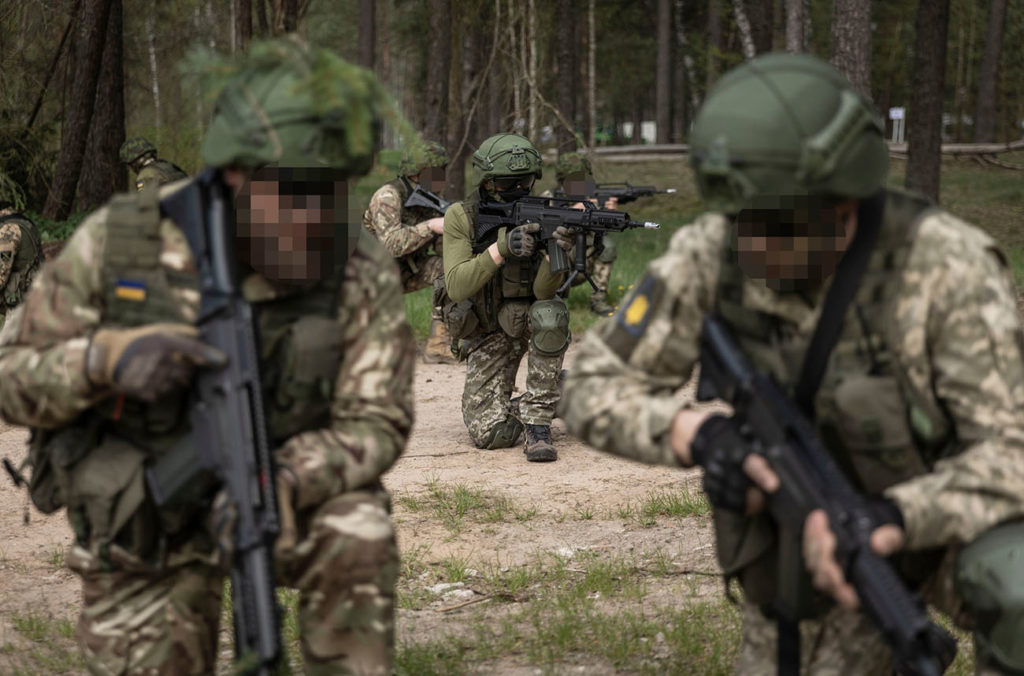
Nevertheless, time is running out, and this time costs lives. The West has already delayed the delivery of tanks and other armored vehicles in the required quantities, and similar delays in other spheres can and will cost much more. According to recent reports, at present, 78 percent of the Ukrainian population has relatives or friends who have been killed or wounded during the Russian invasion — a startling figure that will indeed rise if Russia is further enabled to conduct its preferred “long war.”

